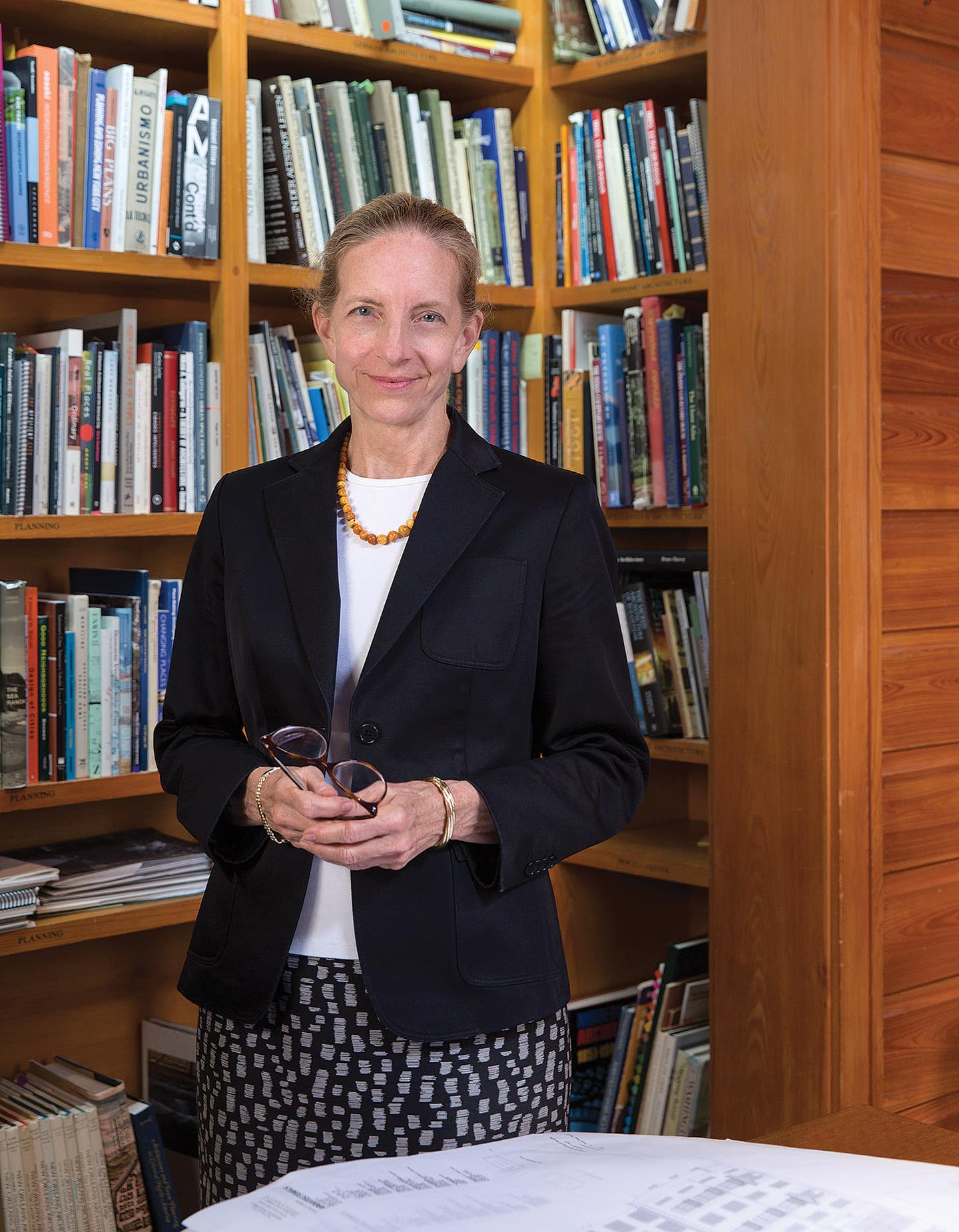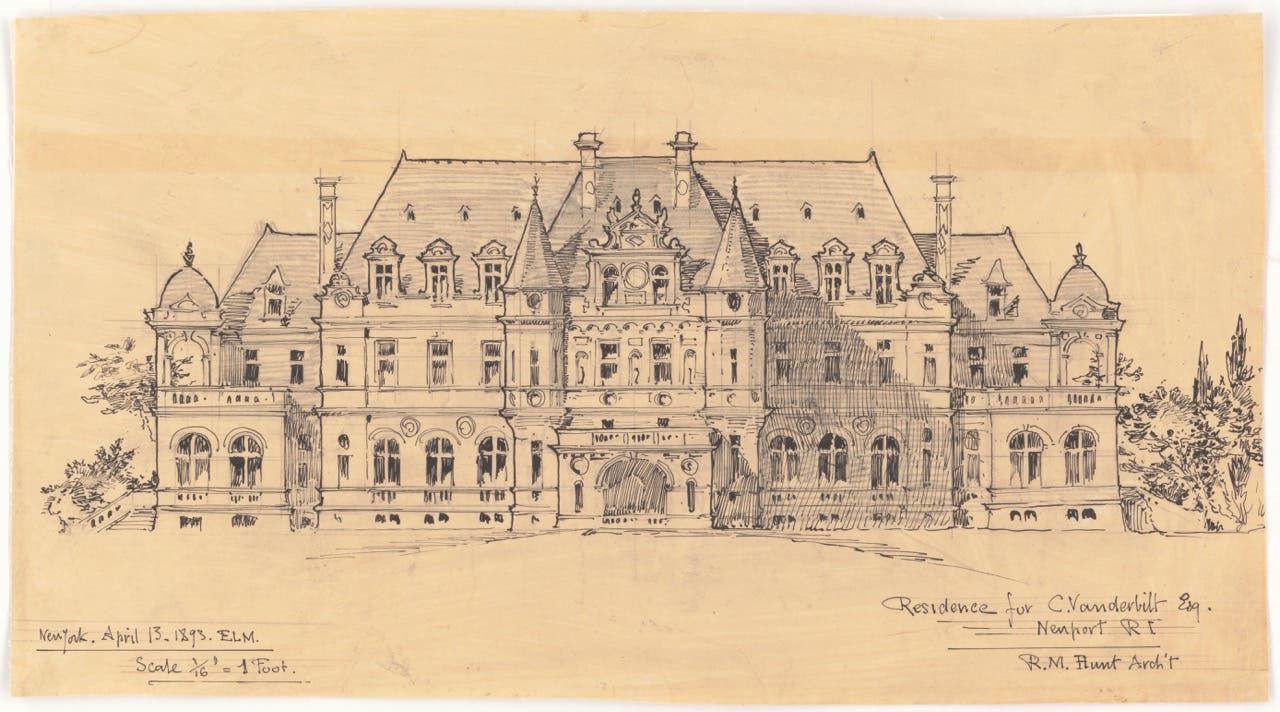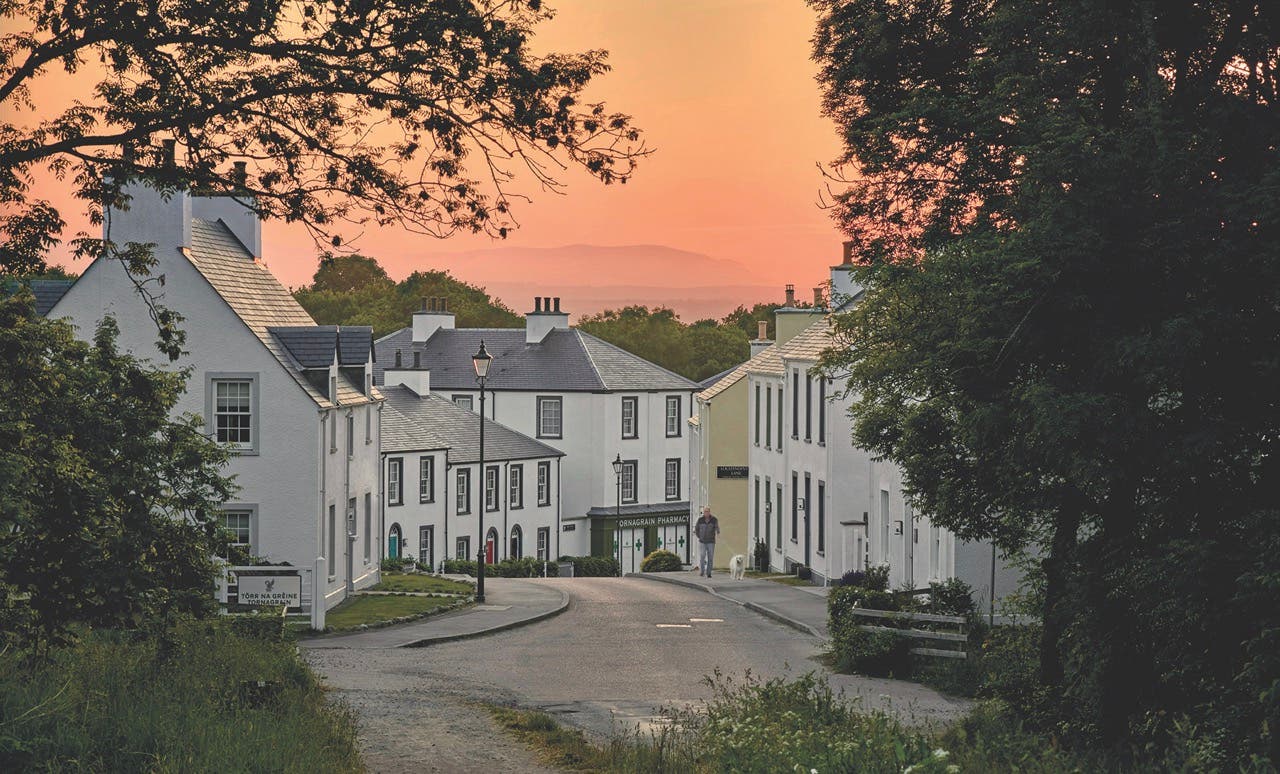
Profiles
Interview: Elizabeth Plater-Zyberk
Navigating cities and reconfiguring spaces has always been part of Elizabeth Plater-Zyberk’s world. Growing up on Philadelphia’s Main Line, Elizabeth had a front seat to the city’s transit situation as she commuted by train and bus to high school in Overbrook daily, and building restorations, and renovations were casual table talk at home.
“I was lucky to have a father who was an architect. Both my father and my uncle were architects. I would see his pencil drawings on the drafting table in his room that were the Pennsylvania farmhouses that he was restoring and renovating for people, these old, old farmhouses that I remember for their beauty,” shares Plater-Zyberk. With an eye on architecture since her childhood, Plater-Zyberk was the first woman undergraduate at Princeton University and she would continue with a Masters at Yale School of Architecture.
It was the early 1970s, and nobody was interested in looking back at architecture historically. But at Yale, Plater-Zyberk was captivated by architectural historian Vincent Scully’s conversations on “the diminished circumstances of early colonial America” and she began reminiscing on those farmhouses her father was renovating back in the day.
“My generation engaged with that [architectural history]. People were reexamining history influenced by Robert Venturi’s book, Complexity and Contradiction in Architecture, and Jane Jacob’s, The Death and Life of Great American Cities, among others. There was this aura that history was an interesting resource. It was the beginning of discovery.”
Mix in a 1970s magic and you’ve got the start of a movement. Or better yet, a whole new city. By the 80s, Plater-Zyberk and husband Andres Duany teamed up for DPZ, and were leading the way with New Urbanism, a prescient urban design movement promoting social and environmental sustainability through architecture and urban planning.
“There were several of us who were aware that we had projects that were in fact placemaking projects, often starting out with housing and understanding that you could arrange the buildings in such a way that you would make a public space or some kind of shared benefit for all of the housing units,” tells Plater-Zyberk. It was these placemaking and subsequent conversations about changing growth polices and suburban sprawl while rediscovering history that led them to Seaside, Florida, a new urbanism town immortalized on the silver screen in 1998 The Truman Show. And thus, the Congress on New Urbanism was created, now nearly a 30-year-old national organization espousing principals that promote urban planning change from the region to the neighborhood to street and block details all focused on sustainable, healthier living.
Today, Plater-Zyberk, FAIA, LEED AP is in Miami, where she is director of the Master of Urban Design Program and the Malcolm Matheson Distinguished Professor of Architecture at University of Miami. We sat down with her to find out more about what inspires her.
1. Who are some of your inspirations or your mentors?
Princeton was very Corbusian and the library reserve shelf was relatively small. And Le Corbusier, Mies, and Alto were the main intellectual resources. But there were a lot of great faculty including Kenneth Frampton who was there at the time and Michael Graves. It was the age of the New York Five.
There were very few [female] role models, so to speak, but that’s changed. Today, I think one needs to point to Zaha Hadid as a stellar example of someone who dedicated herself to her work in the profession and to her standing in the public eye. Jeanne Gang, of course, is another one, the Chicago architect who’s very prominent. And Daniela Voith is really a marvelous architect. She has had a very interesting practice of some groundbreaking buildings as well as traditional and restoration architecture.
2. What would you say to young women that are interested in architecture?
I would say go for it! I’ve always thought it was the kind of field that you could step in and out of if you wanted to spend time on a family. There’s so many different routes that you can take. There’s not one route that pigeonholes your path. That said, clearly, there are still a lot of challenges, as you don’t see women in the top ranks a lot.
3. How do you see new urbanism for the future? And in particular, the recent surge of reinvestment in smaller towns and sustainability?
The New Urbanism has helped many of those smaller places revive, with a reappreciation of their public spaces, their historic buildings, and so on. And so they’re in a sense prepared to receive refugees and retreaters from higher density places. And it’s probably a healthier economy, to be distributed, to have people and employment distributed in that way.
4. What are your five favorite Florida buildings or buildings that must be seen, or types of architecture?
Well, you know, it’s funny that you should ask that because I am writing the introduction to an issue of the Classicist that’s on Florida, and so I’ve been thinking about our buildings a lot. To answer your question I can think of the buildings that in some way influence me.
• Española Way “Both sides of the street were developed by the same developer and architects. It’s not a replica, one side of the other, but it’s very much a cohesive whole in the Mediterranean style. It’s absolutely charming, and so illustrates that idea that a building doesn’t need to stand out by itself as an object, but can be part of an ensemble. The buildings on the two sides of the street, though varied, are very conscious of their relationship to each other.”
• The Villages in Coral Gables, (historic villages of different architectural styles: Chinese, French, Dutch South African, Florida Pioneer, Italian). “These small groupings of houses have an incredible character and sense of place, generated by the style of the buildings and, their unified relationship to the street. The Harvard Business School used to say that the three most important factors for real estate success were location, location, location. Well, these places prove that it’s really design, design, design.”
• Biltmore Hotel - Its courtyard is one of the most magical places to be.
• The Old Miami Courthouse, designed by Kiehnel and Elliott. The carved pieces of a classical facade that are made out of coral rock with shell deposits that add an additional kind of richness to that traditional and dignified facade.
• Miami Beach Art Deco District All the buildings share a kind of language, a similar language, but each one has its own individuality, and each gives delight on its own. The fact that you can walk by many of them in a unified area, and see how they all work together is a rare experience.”
“It’s what Aldo Rossi referred to in “The Analogous City,” that essentially cities only give you moments of delight. The very special places are moments within a larger context that may be less inspiring, but they are valuable for that. And also because they enable us to imagine making places like that, too.” ~ EPZ






